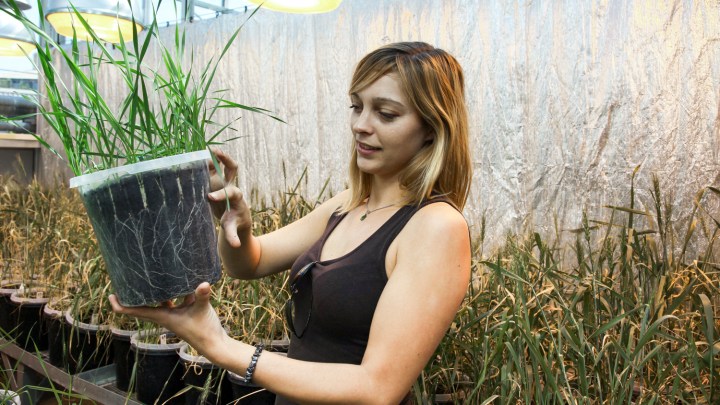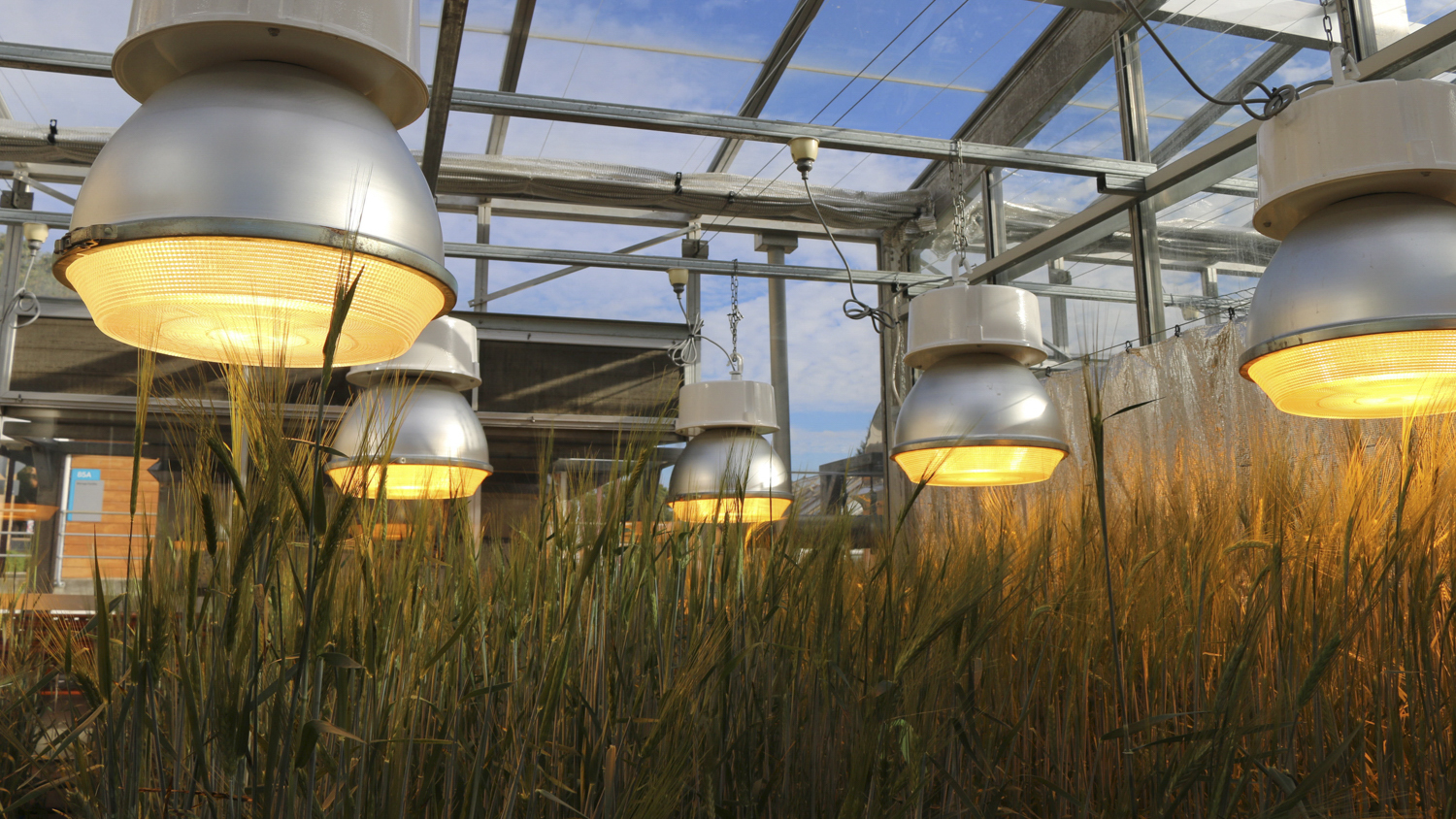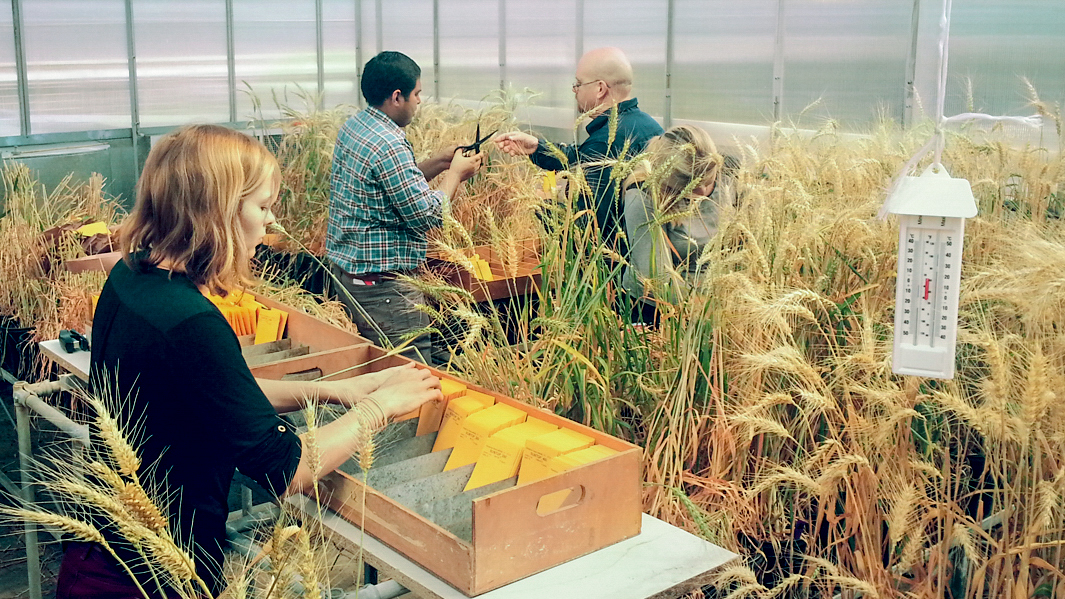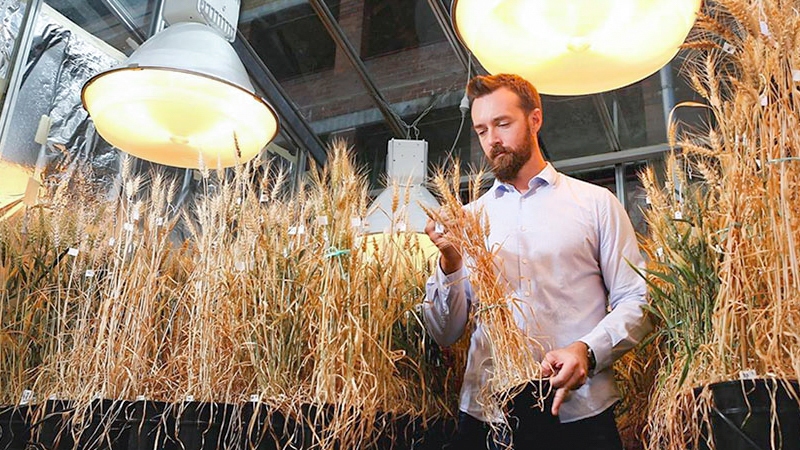
These scientists recently published a paper detailing a new plant breeding technique that may revolutionize the way we grow crops and accelerate the rate at which we can develop hardier, healthier, and more versatile plants in the face of climate change. As climates change, so too does a plant’s productivity in a given region. The key to our well-fed future may be a variety of resilient crops that can grow in diverse environmental conditions.
“A lot of scientists said this was impossible. It was such a radical idea that they told us we couldn’t do it.”
“The rate of gain in most crop breeding programs is lagging behind the demands posed by a growing population,” Brande Wulff, a crops geneticist at the John Innes Center in the United Kingdom and an author of the paper, tells Digital Trends. “By accelerating crop growth and reproduction, scientists and breeders around the world will be able to more quickly breed and engineer plants which are more nutritious, resist disease, and which are better adapted to tomorrow’s climate.”
Appropriately named “speed breeding,” the method has already been shown to grow wheat — from seed-to-seed — in just eight weeks. That’s three times faster than the breeding technique that sparked the Green Revolution. Though still in its adolescence, the speed-breeding results have some analysts pointing to it as a pivotal tool in the coming of a new agricultural era.
Outer Space Origins
Perhaps it’s no surprise that the speed breeding concept originated at NASA. While brainstorming ways to grow wheat in outer space, agency scientists had this crazy idea — why not drape the plants in constant light, empowering them to mature more quickly? Plants, after all, love light. They crave it, crunching photons together with carbon dioxide and water to create the sugars they need to grow. Continuous light might mean continuous growth. Simple, right?
“A lot of scientists said this was impossible,” Lee Hickey, a crop scientist at the University of Queensland and one of the first to adopt NASA’s plan a decade ago, tells Digital Trends. “It was such a radical idea that they told us we couldn’t do it.”
But Lee and his team were unfazed by the nay-sayers. True to the scientific method, they “gave it a go,” designing experiments to test whether intensive light regimes would boost the plants’ productivity.
It didn’t. When the scientists first grew wheat in a speed breeding system, “they looked terrible,” Hickey says, “really runty.” But through a series of experiments that optimized things like nutrition, water supply, light frequency, and greenhouse temperature, the grasses started to mature more quickly and fitly, even showing more grain productivity than conventionally grown greenhouse wheat.
Lee, Wright, and their colleagues, including researchers from the University of Sydney, settled on a light regime that would make even the most devout Sun worshipers balk. “Long day” crops like wheat, barley, and chickpea (which flower in response to longer day cycles) are exposed to as much as 22 hours of continuous light per day, beamed down from LED lamps hung above the grow beds.
The Need for Speed
Under the speed breeding protocol, plants like wheat can go from seed-to-seed in just eight weeks, meaning breeders can grow up to six generations every year.
“The real innovation that they show here is being able to turn generations very quickly. That’s a key aspect of plant breeding.”
“The real innovation that they show here is being able to turn generations very quickly,” Charles Brummer, a UC Davis crop scientist and past president of the Crops Science Society of America, who was not involved in the study, says. “That’s a key aspect of plant breeding.”
With each new generation, researchers attempt to breed in desirable traits while breeding out undesirable ones. The quicker they can take a generation from seed-to-seed, the quicker they can remove undesired traits while promoting wanted ones.
Take, for example, pre-harvest sprouting (PHS), a phenomenon that causes wheat to prematurely germinate due to prolonged rainfall and high humidity.
“This a huge issue in Australia because all our varieties are susceptible,” Hickey says.
Susceptibility to PHS is at least partially controlled by genetics so, by selectively breeding and crossing different wheat varieties, researchers aim to eliminate that genetic trait, making future wheat generations more resilient to high rainfall and humidity. The company Dow AgroSciences has already adopted the speed-breeding technique and developed a variety of wheat with resistance to PHS.
It’s this simple: Increase a crop’s seed-to-seed speed and you make it easier for breeders to develop desirable crops. Boost it by threefold and you give them an exceptional tool to create elite crops.
“Many disease resistance genes can be found in wild relatives of our domesticated crop plants,” Wulff says, “but crossing a disease resistance gene from a wild wheat into a domesticated elite cultivar is like breeding a racehorse with a donkey! It takes many, many years…to combine the best of both worlds. Speed breeding can accelerate this process and shorten the time required to develop a new wheat cultivar with superior traits.”
Brummer puts it bluntly. “Moving faster is the name of the game,” he says. “This is one way to move a lot faster.”
Fields of Dreams
Most of the wheat that makes it into our pasta and bread isn’t grown in greenhouses, however, and there’s a lot that follows the initial breeding stages.
“The real impact will come from combining this tool with other technologies we have that are rapidly evolving in the plant breeding space.”
“At some level, regardless of the genomic tools you use, you need to put plants into the field and see how they perform,” Brummer explains.
It’s in the field that the greenhouse experiments are put to the test. A crop variety may perform well in an artificial environment, where temperature, water supply, and light regimes are easily regulated, but if it doesn’t thrive out in the field, where the vast majority of our crops are grown, then it’s practically a dud. New wheat varieties must be productive out in the elements for farmers to take them on.
“Field testing is so critical,” Hickey says. “We have to have that and make sure the varieties we’re releasing to farmers are proven and have a proven track record. They still have to go through those three or four years of field evaluation.”
Still, even calculating in the few years of field testing, Hickey estimates that speed breeding can squeeze in four or five breeding cycles before 2050, when the population is expected to exceed nine billion and climate change will be tangible worldwide. The hope is that, in the next few decades, breeders can develop varieties resilient enough to withstand what the environment throws at them.
“The weather and climate are always changing to some degree, but what we see now is that the climate is changing more rapidly, and maybe we’re seeing more extreme weather as a consequence of that,” Brummer says. “Maybe the new varieties that are adapted to a particular region need to be more acute, so we’ll need to breed faster and develop more varieties than in the past. That’s where this method could help. Anything you can do to shorten that time to get new plant varieties out into the field will be useful.”
Challenges Ahead
Thus far, speed breeding has shown the biggest potential in long day species that flower in response to longer days, which makes Hickey and his colleagues confident that it will work with plants like sunflower, pepper, and radish.
“It will be trickier to apply speed breeding to ‘short day’ species like rice, maize, and sorghum,” he says, “but I think there is room for optimization of a rapid cycling system. It’s just a matter of tweaking the photoperiod and temperature regimes.”
In fact, despite peanuts being a “short day” species, some researchers have already shown that speed breeding benefits these legumes as well.
“We have successfully used the speed breeding technique developed by UQ researchers in peanut for a number of years now,” Graeme Wright, a breeder with the Peanut Company of Australia, says. Wright thinks that the long light intervals used in speed breeding may actually be selecting individual plants with day length insensitivity, which he says is “a desirable trait as it means…varieties developed should have wide adaptation to latitude, with reproductive growth not dependent on day length.”
CRISPR and Beyond
This new method should be seen as ammunition that breeders can add to a growing arsenal of genetic weaponry. Over the past few years, advances in genomics have enabled scientists to use gene-editing tools like CRISPR to modify genomes to include things like drought resistance and higher nutrition.
“Speed breeding is one tool in the shed,” Hickey says. “The real impact will come from combining this tool with other technologies we have that are rapidly evolving in the plant breeding space. CRISPR, genomics tools, genomic selection, and prediction.”
But the researchers recognize that it won’t be easy converting all breeders to the speed-breeding regime. Old habits die hard and scientists are inherently skeptical. Add to that the infrastructure changes needed to transition to such a method, and it’s clear there’s a bumpy road ahead. Still, with their recently published paper, Hickey and Wright hope other breeders and researchers will see the potential in their technique.
To those interested in adopting speed breeding, Hickey has a simple suggestion on how to begin — “Just leave the lights on, mate.”








